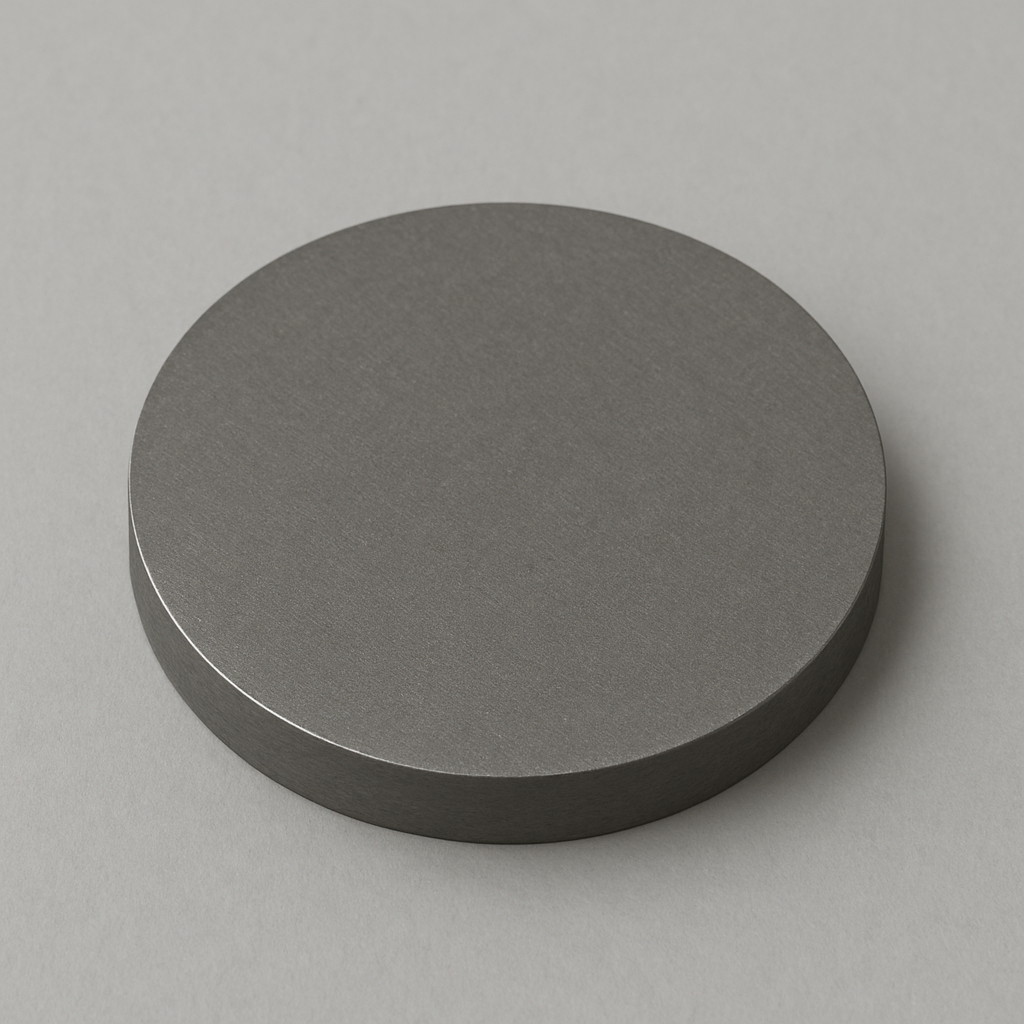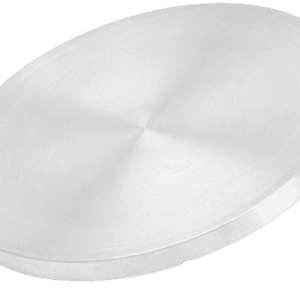Zirconium Yttrium Sputtering Target (ZrY)
Introduction
The Zirconium Yttrium (ZrY) Sputtering Target is a specialized alloy material developed for thin film deposition. By combining zirconium’s corrosion resistance and high-temperature stability with yttrium’s ability to improve structural integrity and ionic conductivity, ZrY targets provide high-performance coatings with enhanced durability and functionality. They are widely used in semiconductor devices, optical coatings, energy storage systems, and R&D applications.
Detailed Description
Zirconium-yttrium alloys are engineered to improve the mechanical and chemical stability of deposited films. The introduction of yttrium modifies the grain structure of zirconium, enhancing resistance against oxidation and improving ionic transport properties.
When processed into sputtering targets, ZrY materials are typically manufactured by vacuum melting or powder metallurgy techniques, followed by precise machining. The resulting targets achieve:
High density and uniform microstructure for consistent sputtering performance.
Tailored Zr:Y atomic ratios (commonly 50/50 at%, or other compositions upon request).
Excellent adhesion and low defect generation in thin film deposition.
Applications
Zirconium Yttrium sputtering targets are applied in:
Semiconductor thin films – barrier layers, diffusion coatings, and functional oxides.
Optical coatings – anti-reflective and wear-resistant layers for sensors and displays.
Solid oxide fuel cells (SOFCs) – electrolyte and electrode coatings for improved ionic conductivity.
Protective coatings – corrosion-resistant films in aerospace and energy industries.
R&D – material studies on mixed oxide systems and advanced thin film materials.
Technical Parameters
| Parameter | Typical Value / Range | Importance |
|---|---|---|
| Purity | 99.5% – 99.9% | Minimizes film contamination |
| Composition | Zr-Y (custom ratios, e.g., 50:50 at%) | Tailored for application needs |
| Diameter | 25 – 200 mm (custom) | Fits multiple sputtering systems |
| Thickness | 3 – 10 mm | Balances target life and sputtering rate |
| Backing Plate | Copper / Molybdenum | Improves heat dissipation and stability |
Comparison with Related Materials
| Material | Key Advantage | Typical Application |
|---|---|---|
| Zirconium Yttrium (ZrY) | Enhanced ionic conductivity & stability | Semiconductor & SOFC |
| Zirconium Oxide (ZrO₂) | High thermal stability, low conductivity | Optical & protective coatings |
| Yttrium Oxide (Y₂O₃) | Excellent ionic conductivity | Solid oxide electrolytes |
| Zirconium Carbide (ZrC) | High hardness and toughness | Cutting tools, coatings |
FAQ
| Question | Answer |
|---|---|
| Can the ZrY composition be customized? | Yes, Zr:Y ratios (e.g., 50/50, 60/40 at%) can be tailored. |
| What bonding options are available? | Copper or molybdenum backing plates are standard. |
| How are the targets packaged? | Vacuum-sealed, foam-protected, and shipped in export-safe cartons. |
| Is ZrY suitable for high-temperature applications? | Yes, it performs well in thermal and oxidative environments. |
| Which industries use ZrY most? | Semiconductors, optics, fuel cells, aerospace, and advanced materials R&D. |
Packaging
Each Zirconium Yttrium Sputtering Target is vacuum-packed with external labeling and foam cushioning to ensure protection from contamination or damage. Export-grade cartons or wooden crates are used for long-distance shipping.
Conclusion
The ZrY sputtering target combines zirconium’s durability with yttrium’s functional benefits, resulting in advanced thin films with enhanced structural and ionic properties. Its versatility makes it a reliable choice for both industrial production and experimental research.
For detailed specifications and quotations, please contact us at [sales@thinfilmmaterials.com].





Reviews
There are no reviews yet.